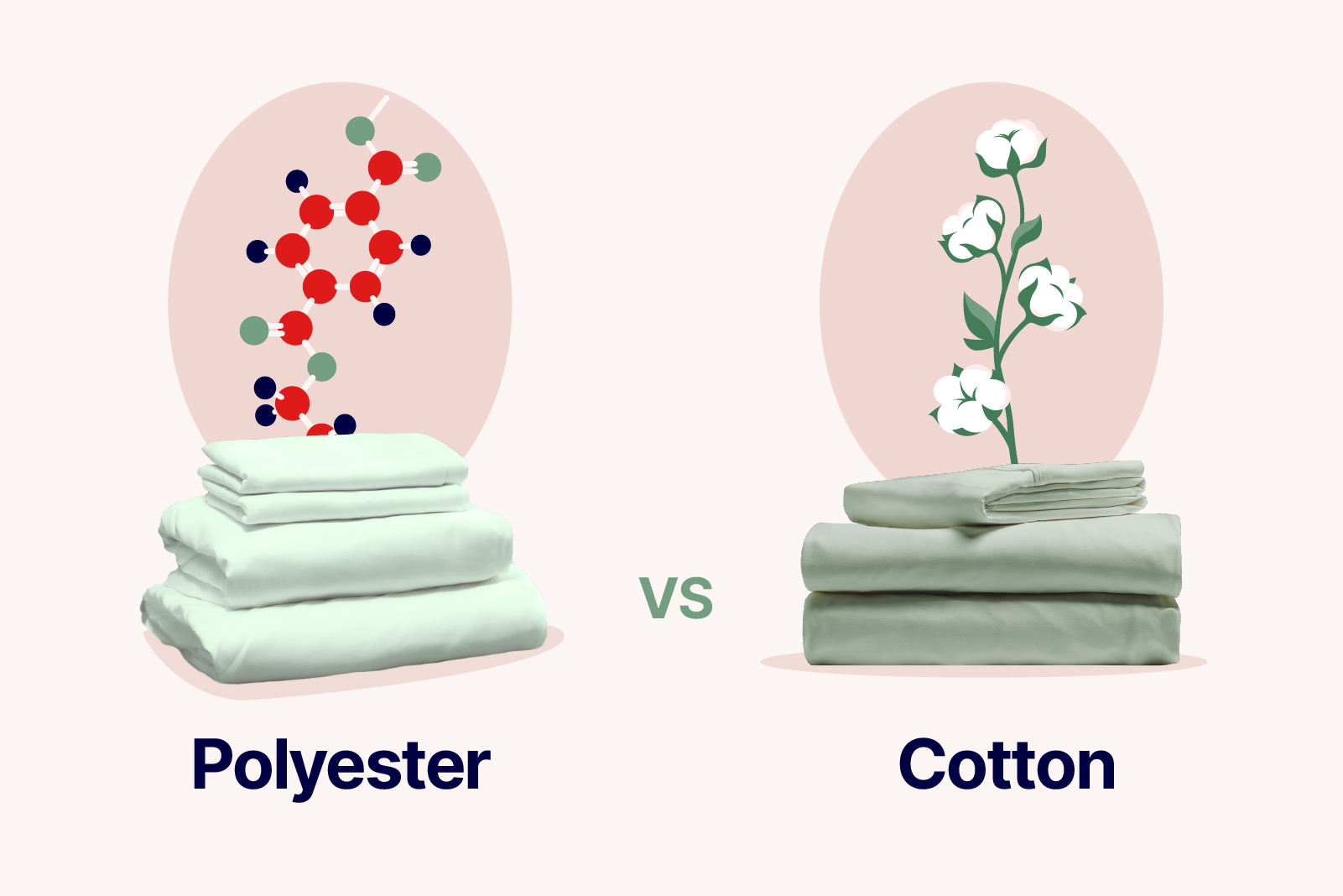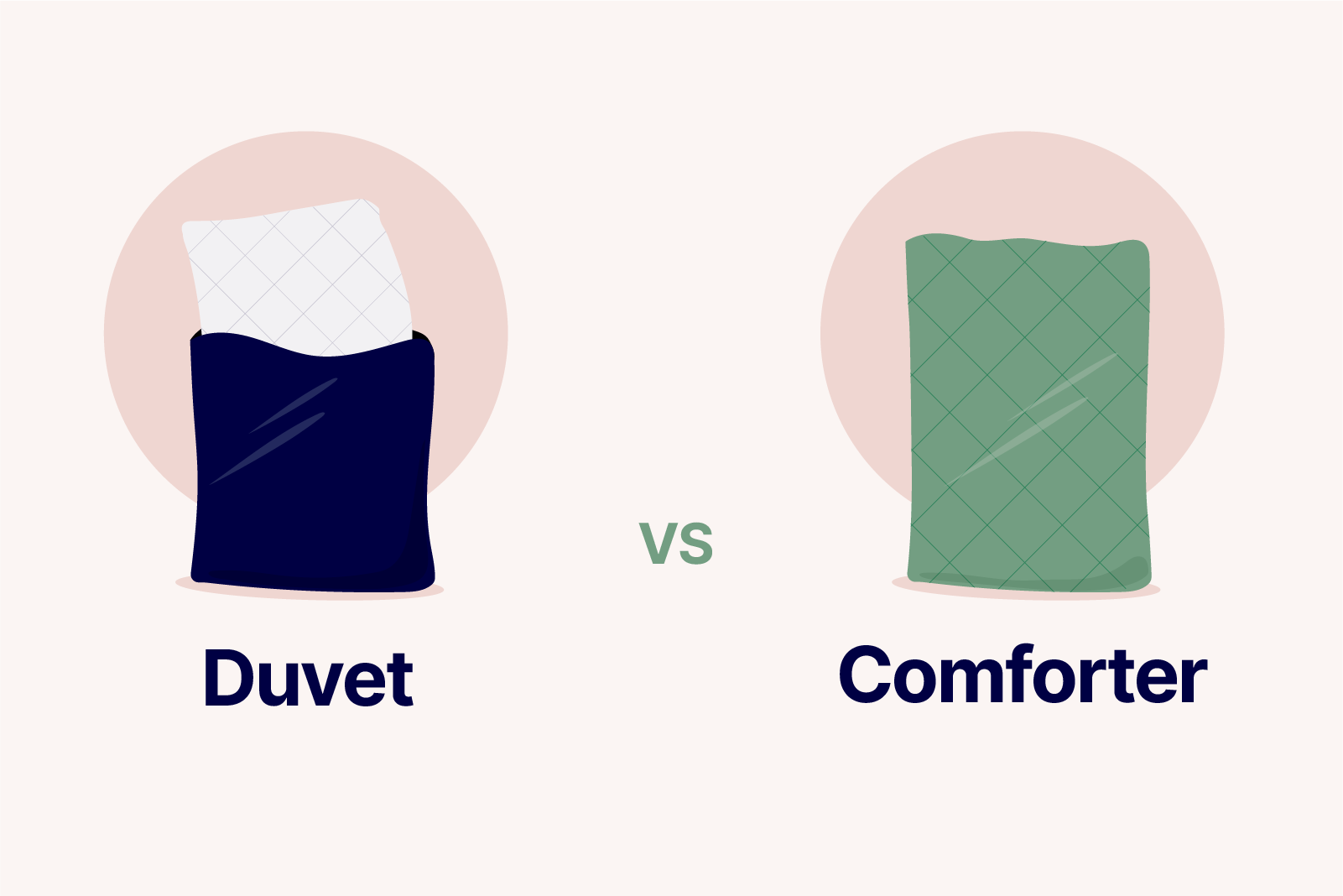Your trusted source for the best mattress reviews in Canada.
Read ReviewsHelping you get the good night’s sleep you deserve.
Mattress Reviews by GoodMorning.com is your trusted source of information about the most popular mattresses on the market. Here you’ll find the best mattress reviews, comparisons, rankings, and sleep articles to help you rest easy. Backed by third-party engineers (commissioned by us) and our mattress testing methodology, we’ve done all the research so you don’t have to.
Featured In:
We list the best mattresses for your buying needs.
We share the best deals happening right now.

Douglas Original
Best Canadian Foam Mattress
LIMITED TIME OFFER!
Buy any Douglas mattress today and get a FREE Comfort Sleep Bundle, 50% off Down Alternative Duvets, and 15% off all bed frames and bedding.
Sale ends April 4th. See website for details >

Logan & Cove Choice
Best Canadian Luxury Hybrid Mattress
BONUS OFFER ENDS SOON!
Get a FREE Comfort Sleep Bundle, 50% off Bamboo Sheets, and 15% off all bedding and bed frames with any mattress purchase.
Sale ends April 2nd. See website for details >

Juno
Best Canadian Value Foam Mattress
LIMITED TIME ONLY!
Get a FREE Comfort Sleep Bundle, 50% off Down Alternative Duvets, and 15% off all bedding and bed frames with any mattress purchase.
Sale ends April 2nd. See website for details >

































